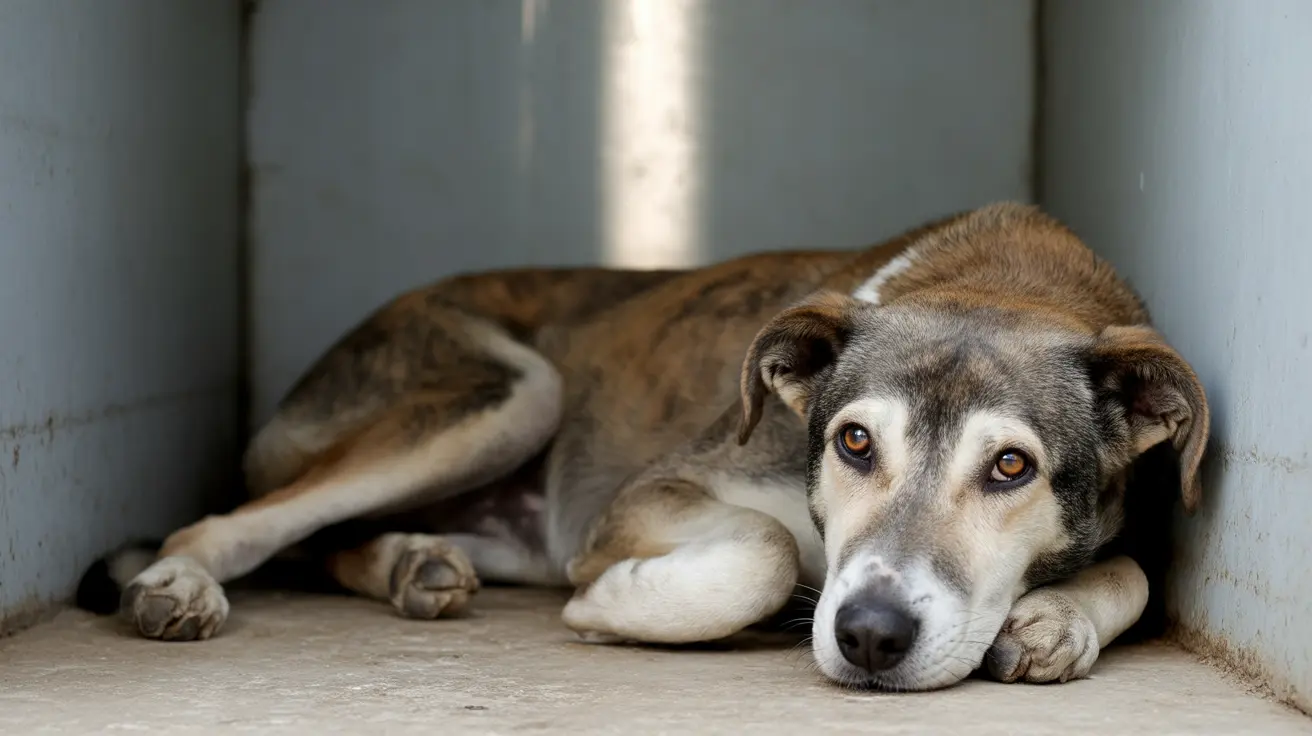Administering medication to a reluctant dog can be one of the most challenging aspects of pet care. Whether your dog won't take pills even with food or has developed an aversion to their food bowl after finding hidden medication, this comprehensive guide will help you overcome these common obstacles and ensure your furry friend gets their necessary treatment.
Understanding why dogs resist medication and knowing the right techniques to overcome this resistance can make a significant difference in your pet's healthcare routine. Let's explore proven strategies and expert solutions for successfully medicating your dog.
Why Dogs Refuse Medication in Food
Dogs possess an incredibly sophisticated sense of smell, making them excellent at detecting hidden medications. Even when pills are carefully concealed in tempting foods, many dogs can identify the foreign substance and may:
- Eat around the medication, leaving it untouched
- Refuse their entire meal
- Develop an aversion to their food bowl
- Become suspicious of specific treats or foods
Effective Food-Based Solutions
The Right Foods for Hiding Pills
Choosing the right food to conceal medication can significantly improve success rates. High-value options that typically work well include:
- Xylitol-free peanut butter
- Soft cheese (like cream cheese)
- Small meatballs
- Pill pockets designed specifically for medication
- Plain yogurt
- Deli meats
Strategic Feeding Techniques
How you present medicated food can be just as important as what you use to hide the pill. Consider these proven approaches:
- Offer medication when your dog is hungry
- Use the "three-treat method": give an unmedicated treat first, then the medicated one, followed by another regular treat
- Hand-feed instead of using the food bowl
- Warm wet food slightly to enhance aroma
Alternative Administration Methods
Professional Options
If food-based methods aren't working, discuss these alternatives with your veterinarian:
- Flavored medication formulations
- Liquid alternatives
- Compounded medications in more palatable forms
- Transdermal options (when available)
At-Home Techniques
With veterinary approval, you might try:
- Using pill pockets designed for medication
- Requesting different medication forms
- Changing the location where you offer medication
- Using positive reinforcement training
Creating Positive Associations
Making medication time less stressful can improve long-term success:
- Maintain a calm, positive demeanor
- Use praise and rewards liberally
- Establish a consistent routine
- Never force or chase your dog
- Make the experience as pleasant as possible
Frequently Asked Questions
What are the best foods to hide a pill in when my dog refuses medication even with food?
The most effective foods are typically those with strong flavors and soft textures, such as cream cheese, peanut butter (xylitol-free), or specially designed pill pockets. Choose foods that your dog particularly enjoys and can fully enclose the pill.
How can I safely crush or alter my dog's pills to mix them with food?
Always consult your veterinarian before crushing or altering any medication, as some pills must remain intact to work properly. If approved, use a pill crusher and mix thoroughly with a small amount of wet food or soft treat.
What should I do if my dog completely refuses to eat or take medication from their food bowl?
Try hand-feeding in a different location using new treats or foods. You might also consider switching to a different bowl or feeding area to break negative associations.
Are there alternative medication forms or flavors my vet can provide if my dog won't take pills?
Yes, many medications are available in liquid form, chewable tablets, or can be specially compounded into more palatable formulations. Discuss these options with your veterinarian.
How can I make pill-giving a less stressful experience for both of us?
Stay calm and positive, use high-value treats, and maintain a consistent routine. Consider making it part of a training session with rewards and praise. Never force or chase your dog, as this can increase stress and resistance.
Remember, finding the right method for your dog may take time and patience. Stay consistent with your chosen approach, and always consult your veterinarian if you're having persistent difficulties administering medication.






